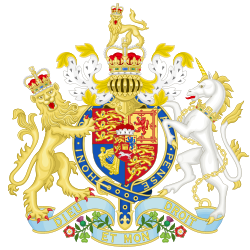| Act of Parliament | |
 | |
| Long title | An Act for the Relief of Insolvent Debtors in England. |
|---|---|
| Citation | 53 Geo. 3. c. 102 |
| Dates | |
| Royal assent | 10 July 1813 |
| Commencement | 10 July 1813 |
| Repealed | 5 August 1873 |
| Other legislation | |
| Repealed by | Statute Law Revision Act 1873 |
Status: Repealed | |
| Text of statute as originally enacted | |
The Insolvent Debtors (England) Act 1813 [1] [2] (53 Geo. 3. c. 102) was an act of Parliament passed by the United Kingdom Parliament in 1813, during the reign of King George III.
Contents
It was enacted in response to the demands on the prison system imposed by the numbers of those being incarcerated for debt, and some concern for their plight. The act created a new Court for the Relief of Insolvent Debtors that remained in existence until 1861, under the jurisdiction of a newly appointed commissioner. Those imprisoned for debt could apply to the court to be released, unless they were in trade or guilty of fraudulent or other dishonest behaviour, by reaching an agreement with their creditors that ensured a fair distribution of their present and future assets. [3]